Mint And Blueberry: The Perfect Pair
Mint and Blueberry: The Perfect Pair
Blueberries and mint are two of the most popular fruits and herbs in the world. They are both known for their refreshing, sweet, and slightly tart flavors. But did you know that these two flavors also go together perfectly?
In this blog post, we will explore the history of mint and blueberry pairings, the science behind why they work so well together, and some of our favorite recipes that feature this delicious combination.
History of Mint and Blueberry Pairings
The use of mint and blueberries in food dates back centuries. In ancient Greece, mint was often used to flavor desserts and drinks, while blueberries were used to make jams and jellies. The first recorded recipe for a blueberry mint milkshake was published in 1897.
In recent years, the popularity of mint and blueberry pairings has exploded. This is due in part to the rise of farm-to-table dining, which has brought more attention to the use of fresh, local ingredients. Mint and blueberries are also both in season during the summer, which makes them a perfect pairing for refreshing summer dishes.
The Science Behind Mint and Blueberry Pairings
The flavors of mint and blueberries work so well together because they complement each other on a chemical level. Mint contains menthol, a compound that has a cooling, refreshing effect on the palate. Blueberries contain anthocyanins, which are antioxidants that give them their blue color and have a slightly tart flavor.
When you combine mint and blueberries, the menthol in the mint helps to balance out the tartness of the blueberries, while the anthocyanins in the blueberries help to enhance the cooling effect of the menthol. This creates a flavor that is both refreshing and delicious.
Our Favorite Mint and Blueberry Recipes
Here are a few of our favorite recipes that feature the delicious combination of mint and blueberry:
- Blueberry Mint Smoothie: This smoothie is a refreshing and healthy way to start your day. It's made with frozen blueberries, mint leaves, yogurt, and milk.
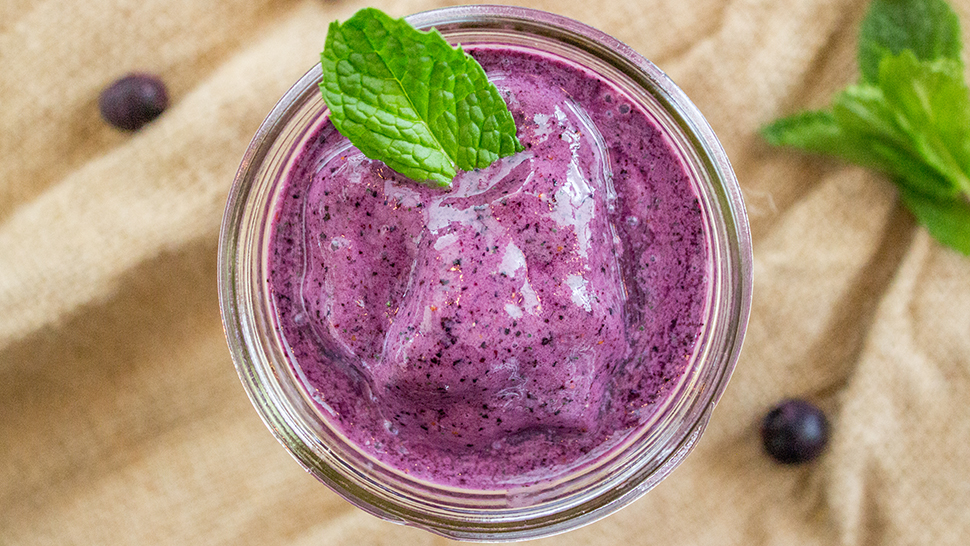
- Blueberry Mint Pie: This pie is a classic summer dessert. It's made with a flaky crust, a filling of blueberries, mint, and sugar, and a lattice top.

- Blueberry Mint Ice Cream: This ice cream is the perfect way to cool down on a hot day. It's made with fresh blueberries, mint leaves, cream, and sugar.

- Blueberry Mint Mojito: This mojito is a refreshing and flavorful cocktail. It's made with rum, mint leaves, lime juice, sugar, and club soda.

- Blueberry Mint Shortbread Cookies: These cookies are a delicious and easy-to-make treat. They're made with shortbread dough, blueberries, and mint leaves.
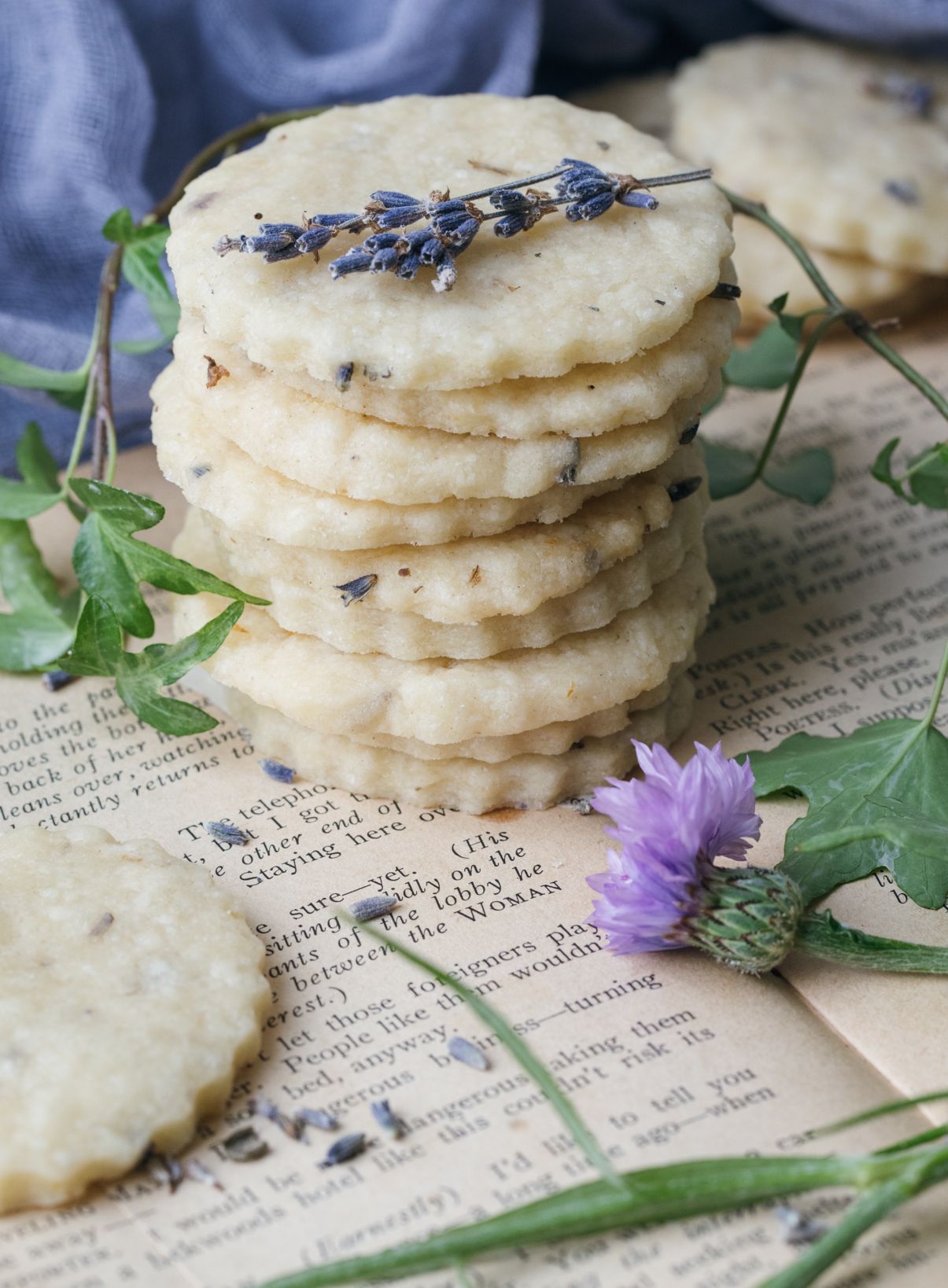
Conclusion
Mint and blueberry are two of the most delicious and versatile fruits and herbs. They can be used to make a wide variety of dishes, from smoothies and pies to ice cream and cocktails. And when you combine them, they create a flavor that is both refreshing and delicious.
So next time you're looking for a new way to enjoy blueberries, be sure to add some mint. You won't be disappointed.
Mint and blueberries are two popular garden plants that can be grown together, but there are a few things to keep in mind. Mint is a very aggressive plant that can quickly take over your garden if you're not careful. It's best to plant mint in a separate container or in a spot where it won't be able to spread too much.
There are a few benefits to planting mint near blueberries. Mint can help to attract pollinators, which will help to improve the blueberry crop. Mint can also help to deter pests, such as Japanese beetles.
However, there are also a few drawbacks to planting mint near blueberries. Mint can release chemicals into the soil that can inhibit the growth of blueberries. Mint can also compete with blueberries for water and nutrients.
If you're considering planting mint near blueberries, it's important to weigh the pros and cons carefully. If you're willing to take the necessary precautions, mint can be a beneficial companion plant for blueberries.
For more information about mint and blueberry companion plants, please visit Gardenia Inspiration.
FAQ of mint and blueberry companion plants
Question 1: What are some good companion plants for blueberries?
Answer: Blueberries are a type of acid-loving plant, so they do well when planted near other acid-loving plants, such as rhododendrons, azaleas, and hydrangeas. They also benefit from being planted near plants that attract pollinators, such as bees and butterflies. Some good companion plants for blueberries include:
- Astilbe: This shade-loving plant helps to suppress weeds and improve the soil drainage around blueberries.
- Coneflower: This tall, daisy-like flower attracts pollinators and helps to deter pests.
- Daylily: This low-maintenance plant provides a splash of color in the garden and helps to suppress weeds.
- Lavender: This fragrant herb repels pests and helps to improve the flavor of blueberries.
- Yarrow: This hardy plant helps to deter pests and diseases.
Question 2: What are some bad companion plants for blueberries?
Answer: Some plants that should be avoided as companion plants for blueberries include:
- Mint: Mint is a very aggressive plant that can quickly take over a garden. It also releases chemicals that can inhibit the growth of blueberries.
- Nettle: Nettles are another aggressive plant that can compete with blueberries for water and nutrients.
- Raspberry: Raspberries are a close relative of blueberries, and they can cross-pollinate. This can lead to a decrease in the quality of the blueberries.
- Tomato: Tomatoes are susceptible to the same pests and diseases as blueberries, so planting them together can increase the risk of infection.
- Wheat: Wheat can compete with blueberries for water and nutrients.
Question 3: Why are mint and blueberries not good companion plants?
Answer: Mint is a very aggressive plant that can quickly take over a garden. It also releases chemicals that can inhibit the growth of blueberries. For these reasons, it is not recommended to plant mint near blueberries.
Question 4: What are some other benefits of planting companion plants with blueberries?
Answer: In addition to deterring pests and diseases, companion planting can also help to improve the flavor of blueberries. For example, lavender has a calming effect on insects, which can help to reduce stress and improve the flavor of the blueberries.
Question 5: How far apart should blueberries be planted?
Answer: Blueberries should be planted about 3-4 feet apart. This will give them enough space to grow and spread.
Image of mint and blueberry companion plants
5 different images of "mint and blueberry companion plants" from Pinterest:
- Allium. Allium plants, such as chives and garlic, help to repel pests that can damage blueberries, such as aphids and spider mites.
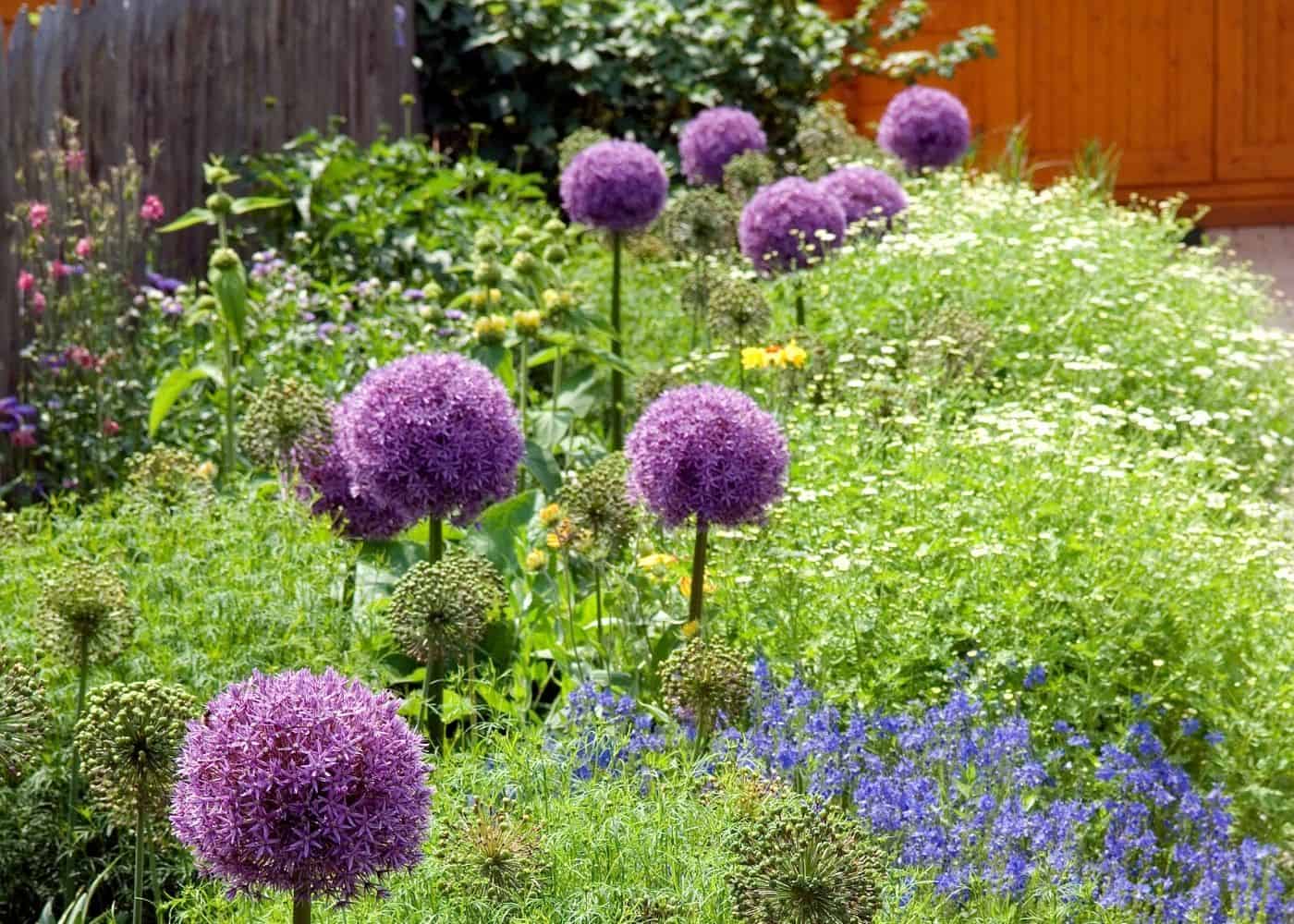
- Cucumbers. Cucumbers and blueberries can be planted together because they have different water and nutrient needs. Cucumbers need more water, while blueberries need more acidic soil.

- Marigolds. Marigolds help to repel nematodes, which can be a problem for blueberries. They also attract pollinators, which help to improve blueberry production.
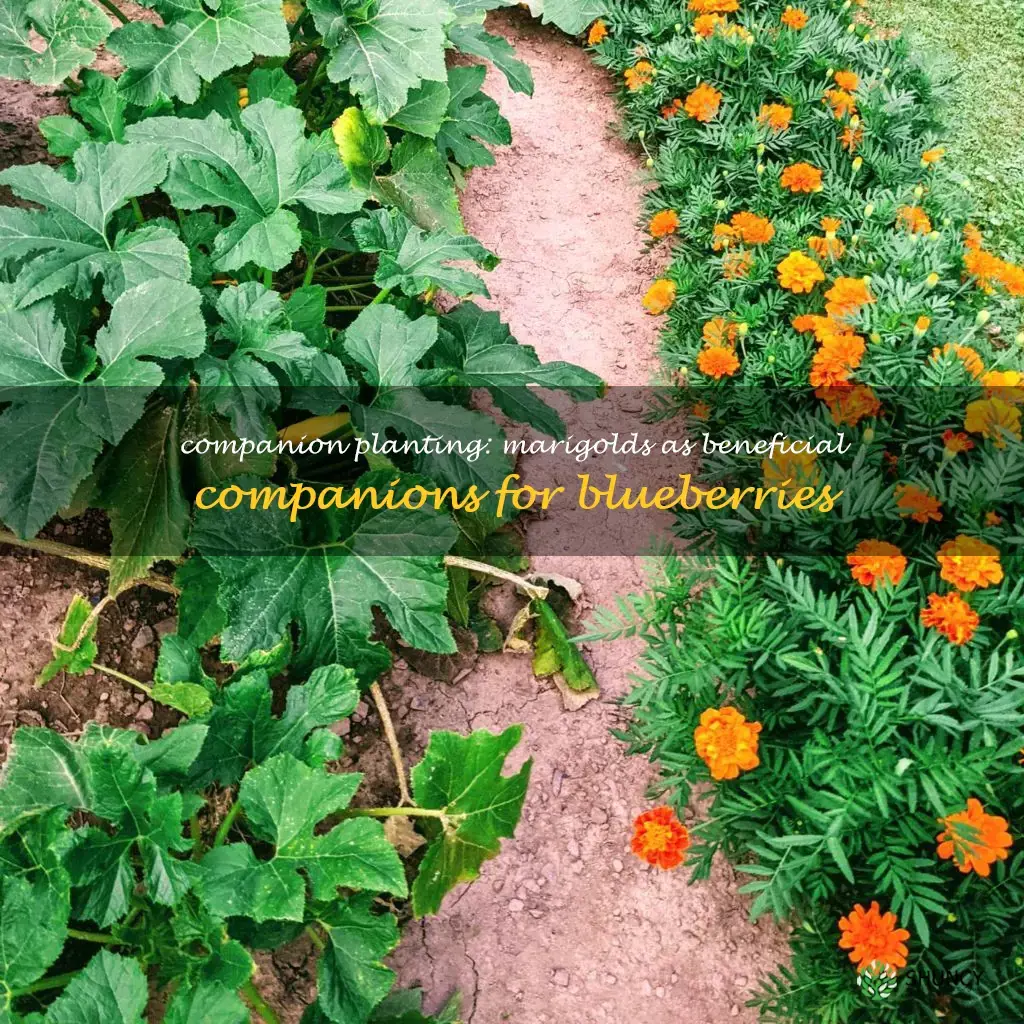
- Nasturtiums. Nasturtiums help to deter aphids and other pests that can damage blueberries. They also add a splash of color to the garden.

- Spinach. Spinach and blueberries can be planted together because they have similar growth requirements. They both need well-drained soil and full sun.
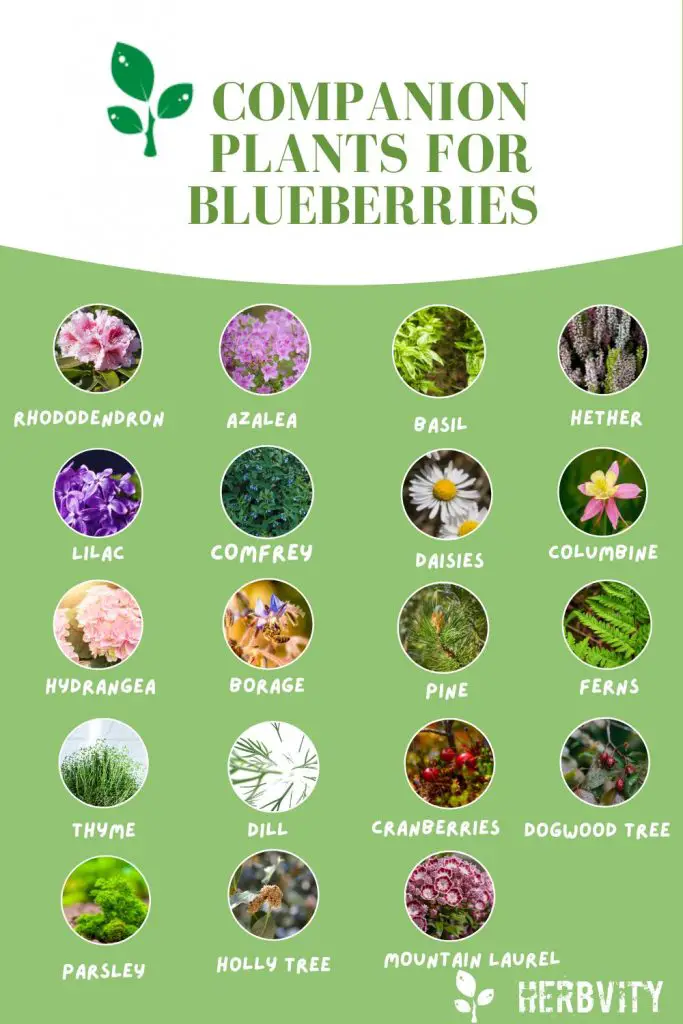
Post a Comment for "Mint And Blueberry: The Perfect Pair"